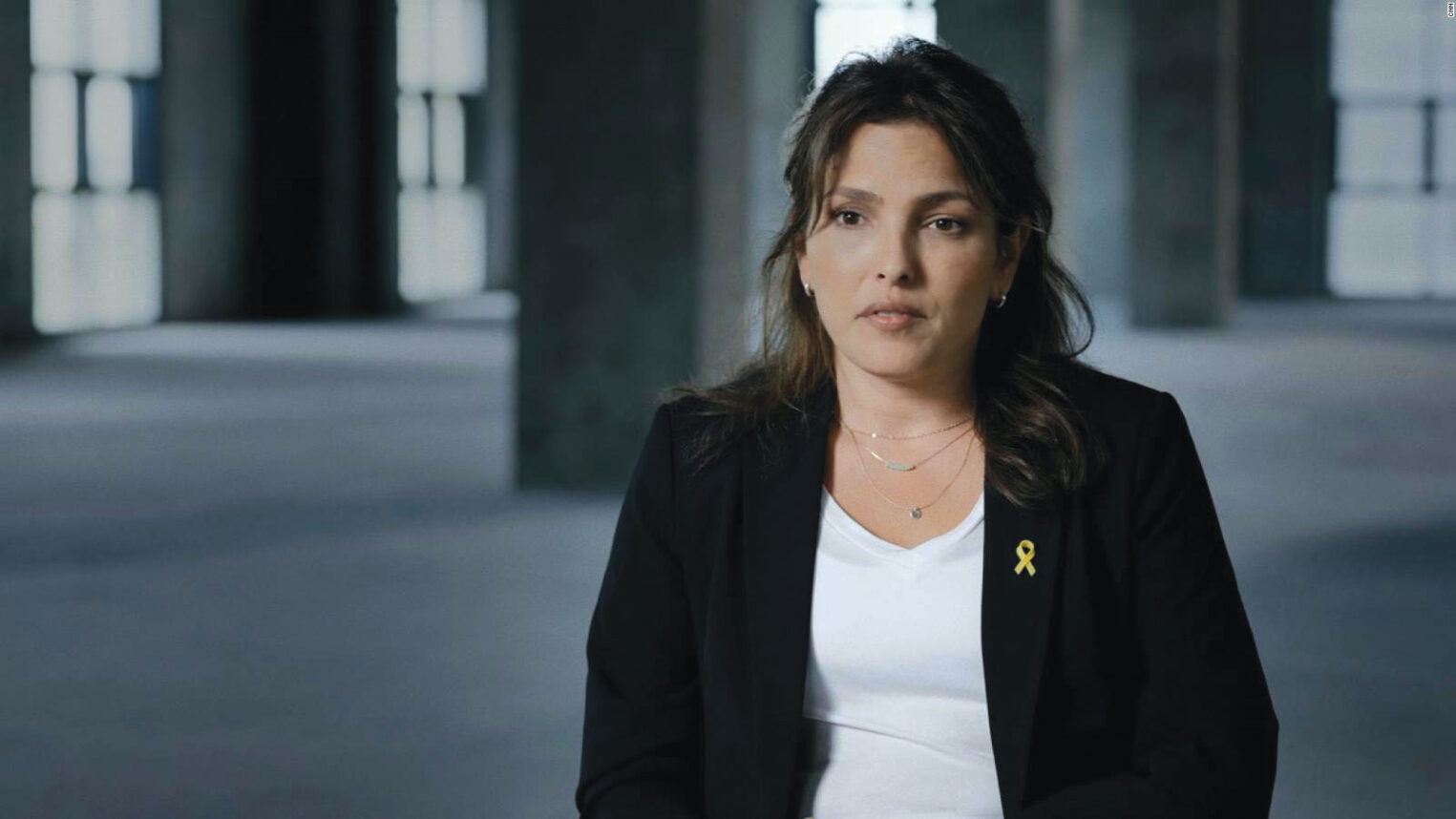In a tent on an ashen desert plain, seven Jews take refuge against the beating sun. One, a middle-age man with a thick Israeli accent, chants Haftorah as the wind kicks up white dust devils around the group. Next to him, a sun-kissed, raven-haired miss in bikini bottoms and halter follows along, her lips forming the syllables in silence. It’s Saturday morning at Black Rock City, in a tent they call the Jewish Community Center, and this happens only once a year.
Black Rock City, Nev., is a temporary community that springs from the ground in the desert each August as tens of thousands make pilgrimage to the weeklong Burning Man festival. You may have heard of Burning Man as a celebration of countercultural art and community. Or you may know it as an orgy of sex and drugs in the desert. What bubbe probably never told you is that in Black Rock City, the temptation to connect spiritually is as strong as the more publicized pull to indulge physically. In this arid terrain, Jews can connect to an underlying sense of yearning and can undergo spiritual cleansing.
Hence the presence of the Black Rock JCC on this bleached prehistoric lake bed of a desert called the “playa.” The “Black Rock JCC” is a nylon roof held up by four poles. No permanent walls keep out the wind — or the curious. And both are welcome. The structure itself defies the odds, withstanding forceful bursts of wind, sandstorms and penetrating heat. A JCC here, where no stalk can grow, is a monument to the strong roots of tradition. Among the 40,000 attendees or “burners” at Burning Man, a few Jews shy of a dozen are the heartbeat of this Jewish community.
For a week the tent stands along with thousands of others arranged in concentric circles, weblike about a central camp. At week’s end, a wooden man burns in the center of the playa. Revelers cast into the flames objects they wish taken from the earth.
“I see burning the man as analogous to burning off spiritual sin,” says Rabbi Menachem Cohen of Oak Park, Ill., after conducting the Saturday morning services for his small band of congregants.
Like a secular Yom Kippur, burners throw off a year’s worth of evil. Instead of casting out invisible sin, it’s photos, letters, mementos, bottles and even furniture they hurl into the bonfire. But then, a photo can capture a sin; a sofa can hold a mistake. This rite celebrates freedom, cleansing people of “negative energies” from their possessions and acts — even as the fire and parties rage far past dawn.
There’s something tribal, in an ancient Jewish way, in the vista of 1,000 tents surrounding that central, blazing light. Cohen connects the moral dimension of Burning Man to tikkun olam — that is, to why Jews must continue to explore wherever a light burns.
“When God made the universe he created vessels to hold the light,” Cohen said. “But the vessels were too weak and when he filled them with light they burst. The sparks flew to all parts of the universe. When we do tikkun olam we are searching for the sparks, to gather them together, to repair the world. Sometimes the brightest sparks are hidden in the darkest places.”
Â






















 More news and opinions than at a Shabbat dinner, right in your inbox.
More news and opinions than at a Shabbat dinner, right in your inbox.